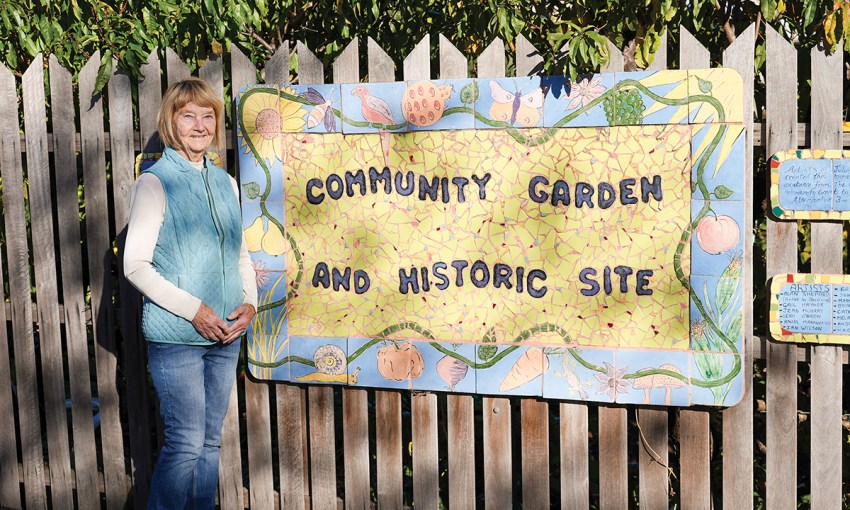For many people, gardening has been a lifelong passion involving getting their hands dirty nurturing a wondrous array of plants – and it doesn’t have to end when you downsize.
Community gardens: Sprouting connections
Maturing years and an inability to continue to manage a large garden are quite common catalysts in making that difficult decision to downsize, either to a smaller property or a retirement home.
Saying goodbye to a garden you have poured time and love into – a place filled with so many memories – can be heartbreaking.
However, moving to a location with little or no space to garden doesn’t mean the end of your green thumb – far from it, thanks to the ever-growing and very welcoming network of community gardens across South Australia.
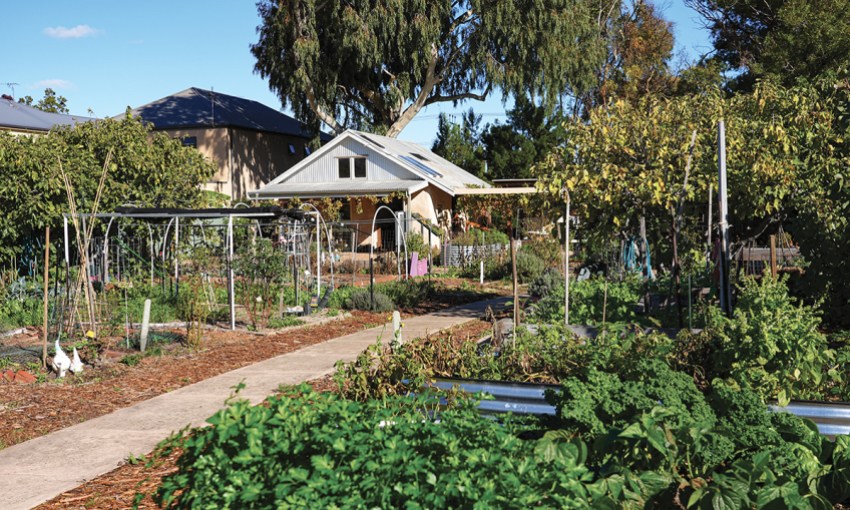
Fern Avenue Community Garden in Fullarton is a shining example of the interconnectivity between people and plants. Established in 1996, this garden has evolved from a once-vacant block to a thriving green beacon, thanks to the dedicated efforts of its founders, including Janet Fensom and Barbara Fairbrother, and a long and fruitful partnership with the City of Unley.
The garden was originally planted as part of a course in organic gardening and food production, targeted towards those living on a low income or unemployed and people living with disabilities.
However, thoughts of this space developing into a community garden grew from the enthusiasm shown by those taking the course to see the fruits of their labours continue.
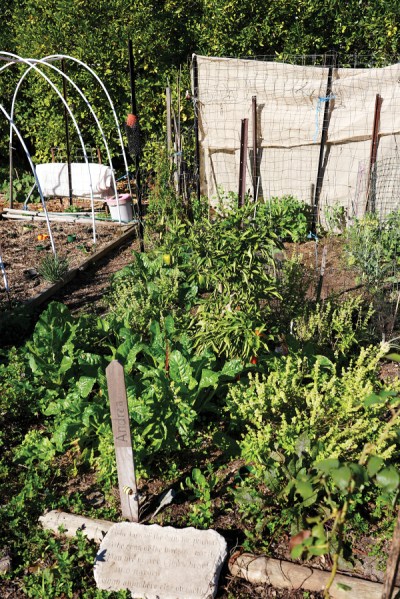
From that time, Fern Avenue Community Garden has evolved into a truly impressive and immensely productive suburban space, boasting 35 plots, a straw bale building, a composting toilet, an orchard, beehives and plenty of egg-laying hens. This is a bountiful oasis.
With so many facilities, it’s easy to see why there’s a waiting list to join. As plots become available, preference is given to City of Unley residents, along with those on a low income or unemployed and people with disabilities – reflecting the garden’s charter of inclusiveness.

A number of the current plot-holders started out as casual passers-by, attracted by the activity. What began as a stop and a chat quickly morphed into volunteering; helping out with weeding, watering or assisting others to work on their patches.
Fern Avenue resident, Jill Skopal, lives directly across from the garden and has been involved since the early days. Best described as the “Garden Facilitator and Holder of the Key”, Jill is a passionate advocate for the important role this and other community gardens play.
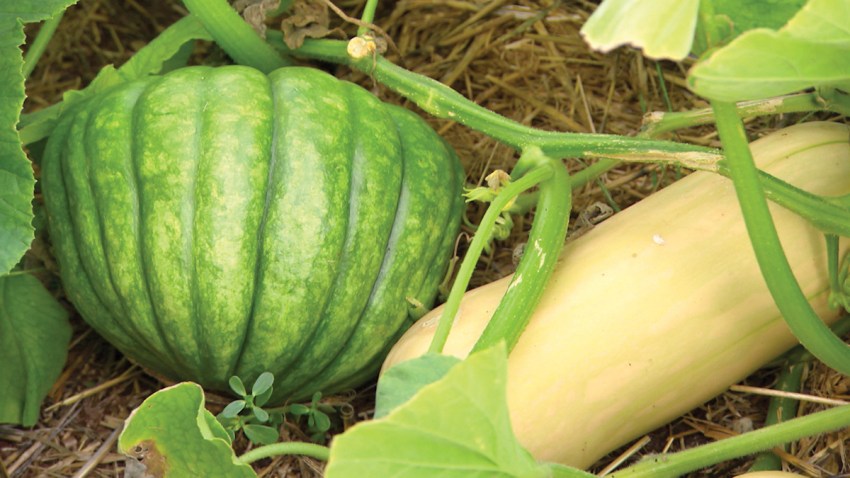
She is quick to note that the word “community” comes before the word “garden”, reflecting the special relationship, understanding and respect needed between plot-holders and volunteers to make the garden work.
With 35 gardeners, 35 different ways of doing things and 35 opinions, the balance here seems surprisingly good. She also emphasises that everything is planted and maintained organically, adding “You can grow anything, as long as it’s legal!”.
You know this is a well-loved gardening space when “weeds” of lettuce, rocket and marigolds litter the nooks, crannies and paths. The orchard of fruit trees, including loquat, citrus, fig, pistachio and olive line the perimeter fence, creating a perfect backdrop for the produce-filled plots.
Overseeing all this activity and plenty more over the years is the grand and still productive old persimmon (circa 1860), registered on the City of Unley’s significant tree list.
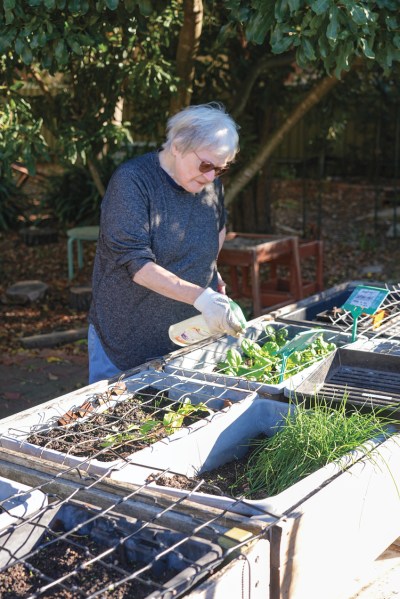
Built on a foundation of social conscience, the willingness to help in this garden is well ingrained – whether it’s looking after a neighbour’s plot while they are away or unwell, or lending years of gardening experience to a newbie.
Until recently, 10 per cent of each plot-holder’s harvest was pledged and donated to the City of Unley’s Community Harvest program, where volunteers would box and distribute the fruit and vegetables to those in need.
While most plots are planted for human consumption, one is currently cropped entirely to provide food for rescued rabbits.
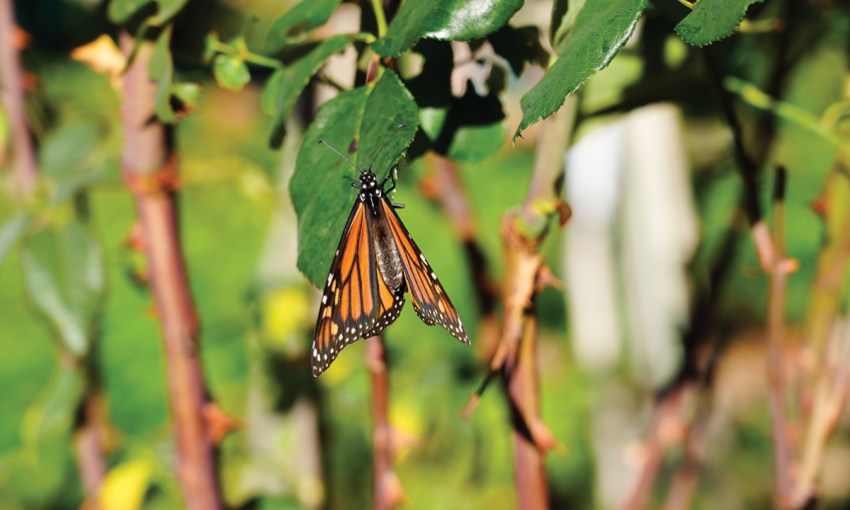
Thursday morning is the public’s opportunity to wander through the Fern Avenue Community Garden. Whether it’s someone with their grandchild making a beeline to the always-entertaining hens, or walking groups taking a shortcut through the Winter Street Park back gate, this place is a hive of activity.
The sound of a leaf blower heralds the beginning of the day. Helen, who describes herself as “The Ancient” likes to get started early, cleaning the paths and tidying plots as needed. She is a downsizer who desperately needed a gardening fix in a manageable way.
Noting how wonderful it feels to grow and eat your own produce, she says there is also something special about handing out excess food to passers-by and Thursday visitors, and seeing the joy on their faces when they leave with a large zucchini.
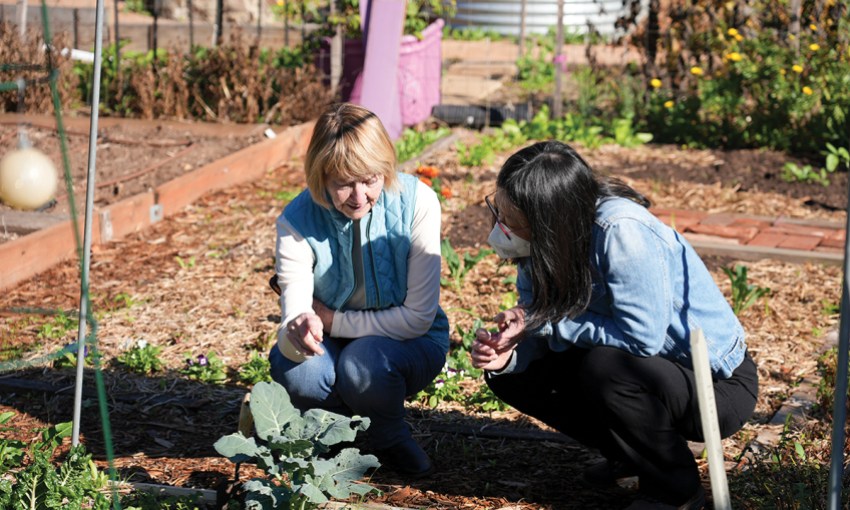
Garden experience is not a prerequisite to work in this or other community gardens. The combined knowledge of plot holders makes community gardens one of the very best places to learn about plants and food production.
They reflect the traditional way sowing and growing information has been imparted for millennia; long before Google.
Among the green-thumbs at the Fern Avenue Community Garden, some take another step in providing seedlings for other plot holders and visitors to purchase and replenish their patch or take home.
Janet is a retired teacher who has set up a series of raised garden beds brim-full of ready-to-plant-out celery and silverbeet. She operates a self-serve honesty system, where people take what they need and drop in 25 cents for each plant.
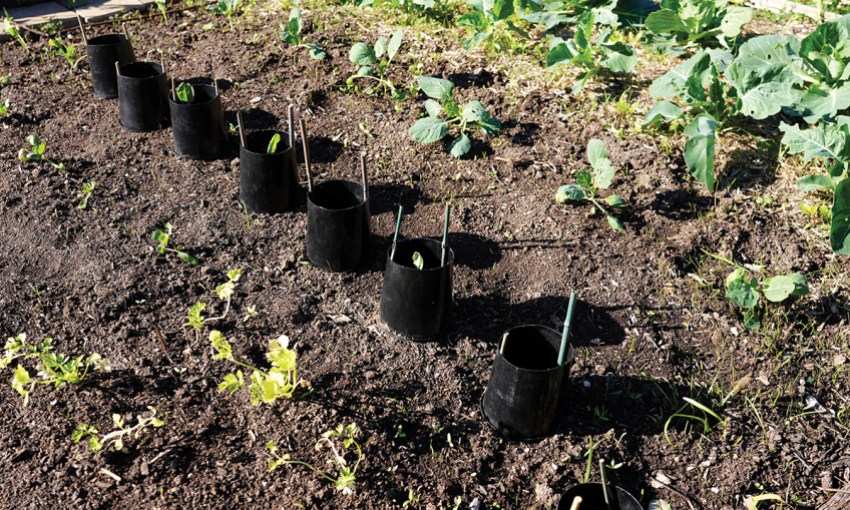
After a life spent in a busy and interactive working environment, Janet finds the camaraderie and socialising with fellow gardeners vitally important.
Monthly working bees, along with lunches of pizza cooked in the wood oven, coffee get-togethers, and open days (the next one is on October 30), plus other activities, all strengthen the relationships between plot holders and the wider community.
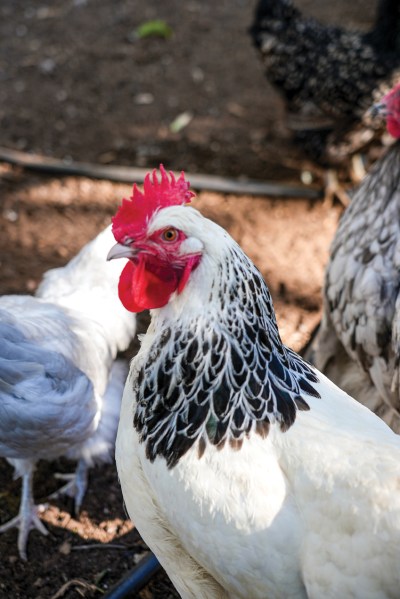
Extolling the values of gardening as horticultural therapy, Julie first attended this garden in a wheelchair, accompanied by an assistant. She describes her time spent in the Fern Avenue Community Garden as life-changing.
The installation of raised garden beds allowed her access to planting and producing vegetables and engendered a sense of purpose and belonging.
Though she doesn’t have a plot of her own, Julie has contributed greatly, being garden bookkeeper and a regular Thursday visitor now as a free agent to walk around and tidy up the clematis arch.
There are plans to install more raised garden beds among the plots to help keep gardeners active, irrespective of age and physical ability. This is something common to most community gardens across the state.
For all downsizers, small property owners, those looking for a sense of belonging with like-minded people, and a way to grow your garden knowledge and delicious fresh produce, community gardens such as Fern Avenue are wonderful places to continue – or begin – your green life journey.
Contact your local council or head to the community garden website to get started, communitygarden.org.au
This article first appeared in the July 2022 issue of SALIFE magazine.



